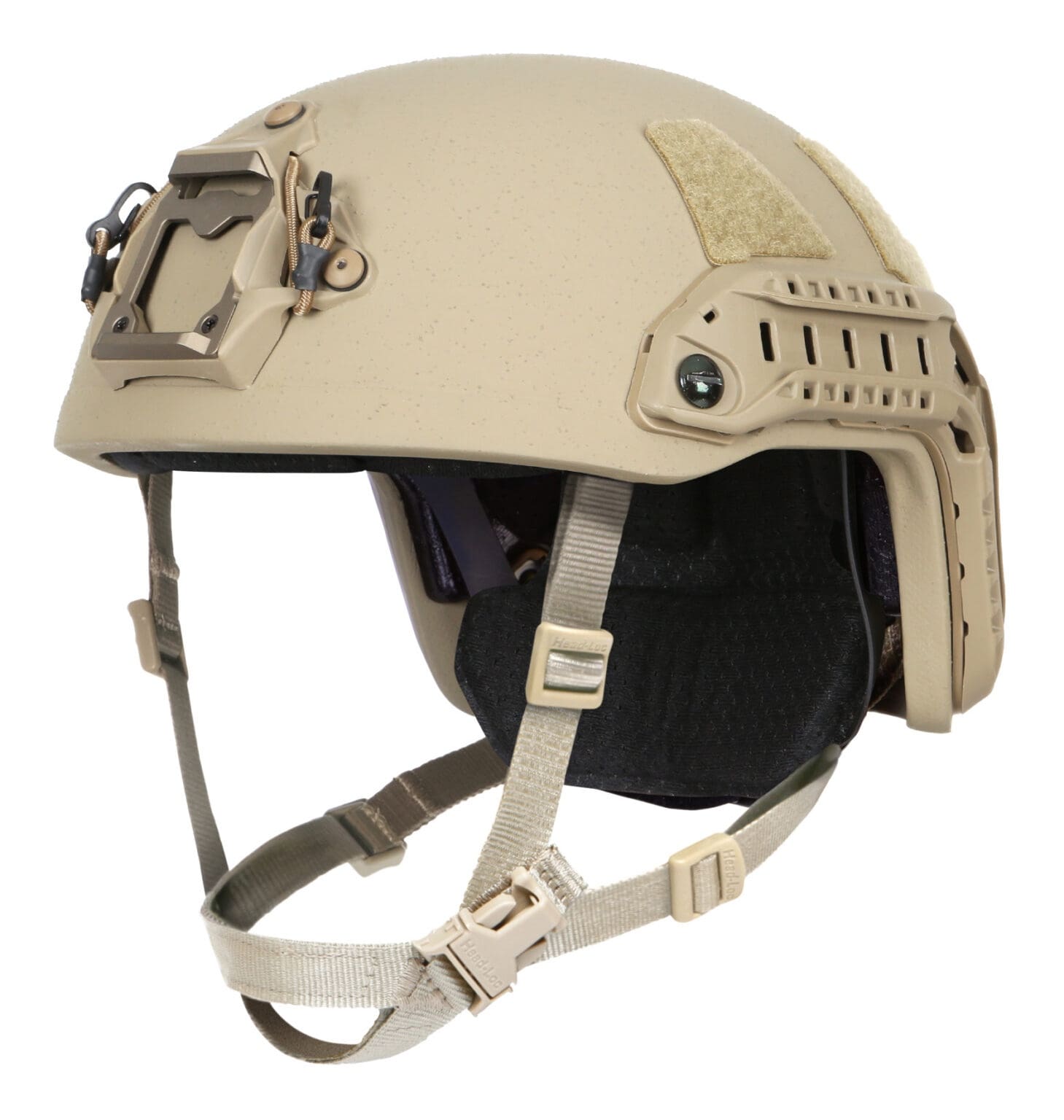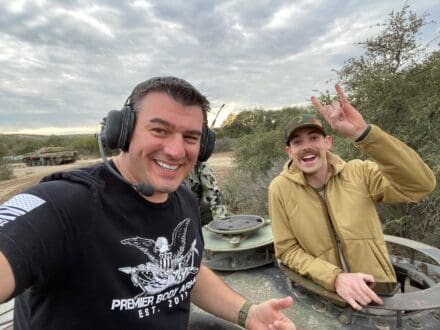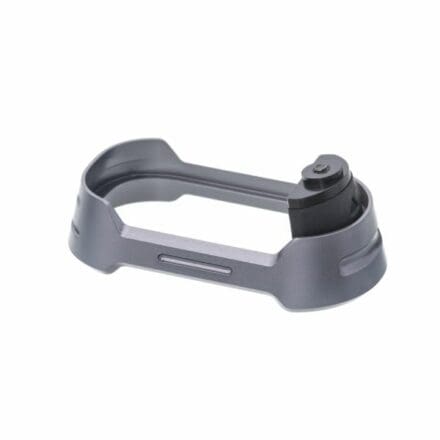In a new release of AFI 36-2903 Dress and Personal Appearance of Air Force Personnel dated 7 Feb 2021, the service formally enters a new era of hair braids for female personnel.
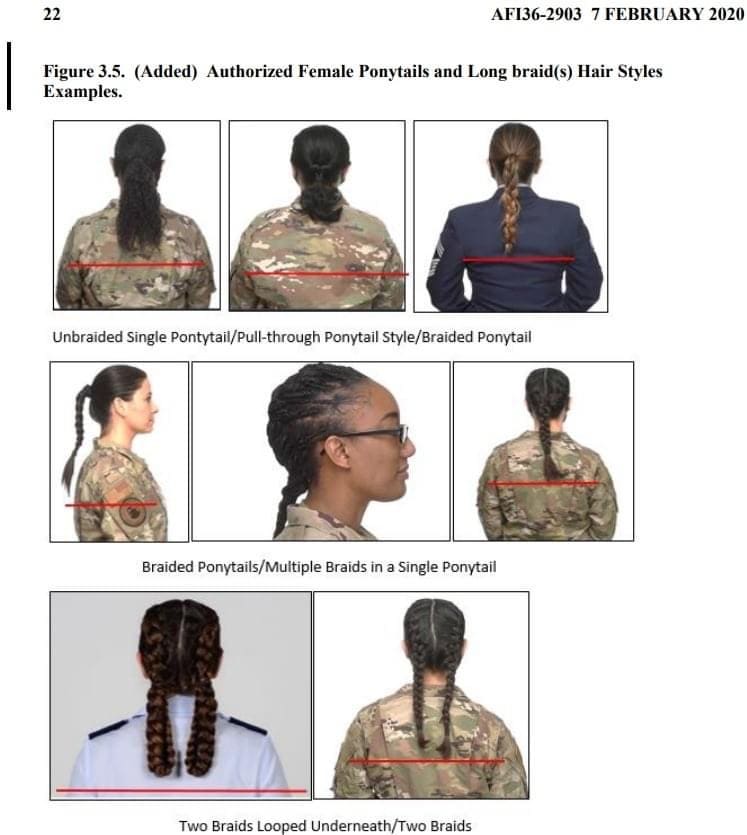
As for items that affect every Airman, you’ll be pleased to know that morale patches are once again authorized for wear on ACUs on Fridays, pending approval by commanders.
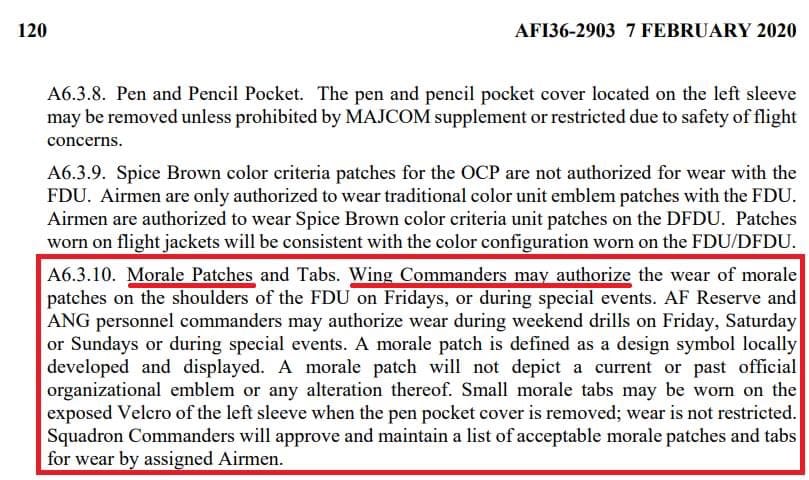
Here’s a list of changes of note:
1) updates female hair standards to allow braid and ponytail hairstyles to be worn below the collar and bangs to touch eyebrows;
2) clarifies blues belt wear policy, the command insignia pin policy, coyote brown boot laces policy, and that current subdued version of unit/organizational patches may be worn until the patch color conversion has been completed by the Institute of Heraldry
3) incorporates previously approved policy language allowing higher headquarters units to purchase flight suit name tags for standardization within their units;
4) incorporates previously approved permanent wear of awarded recruiting badges by Airmen with an 8R special duty identifier in their records;
5) incorporates previously approved additional color options with flight attendant uniform;
6) incorporates previously approved updates to Airmen’s hair bulk standard, shaving waivers, clarification of male straight line hair part, nametapes/tags, grooming and appearance standards, removal of the terms “faddish,” “complexion” and combat boot height requirements.



